I frequently ask students, colleagues, practitioners, and fellow ecologists to consider how a city can become more like a forest. I started to do this in 2019 when I (perhaps belatedly!) came to understand that just reducing our carbon emissions ― even to neutral ― is not enough to prevent the most drastic climate change scenarios. In parallel with our emission reductions, we must be increasing our active removal of carbon dioxide from the atmosphere. There are many technological strategies in development to do this, each with its own set of advantages and limitations, and I’m sure these will play a significant role. However, I’m a Nature-based Solutions (NBS) kind of girl so my mind goes to ecology. After all, our planet has already evolved an amazing carbon absorption system called the biosphere.
With a population of over 8 billion and growing (although more and more slowly all the time! The global population growth rate just dipped under 1% for the first time in 2022) and the majority of those people in urban areas, is there an opportunity in all that urban growth to pull a lot of carbon out of the atmosphere and lock it away in cities? While, of course, also cutting the carbon emissions associated with those cities? Hence my question: how can a city become like a forest?
A forest’s carbon sequestration power is driven by photosynthesis and depends on the availability of other potential limiting factors, water and temperature being two biggies on a global scale. The agents of photosynthesis are trees. (This whole analogy could also pertain to a grassland; however, trees create a structure that is more analogous to a city in that it is sheltering to organisms on a human scale.) Via photosynthesis, trees, and other plants draw carbon out of the air and fix it into the material structure of their tissues (biomass). Trees are particularly great at this because they are long-lived and a large proportion of their tissue is composed of wood, which takes a long time to decompose, even after the tree dies. The shorter-lived parts of the tree, the leaves, are shed periodically and these decompose, releasing some of that carbon back into the atmosphere but some of it is also stored in the soil and cycled back into other living things. Trees and other plants also carry out the opposite chemical reaction to photosynthesis ― respiration, in which carbon dioxide is also released back into the atmosphere. Thus, we want to come out on the right side of the photosynthesis-respiration equation; in order to have net carbon removal from the atmosphere, photosynthesis needs to be greater than respiration. A young, growing forest will generally be a net carbon remover, while a mature forest in which growth is slow and trees are dying may be closer to neutral. As seen through this lens, wildfires are especially devastating in the era of climate change because that’s a whole lot of fixed carbon being rapidly returned to the atmosphere.
So, moving on from this little ecology lesson, what would it mean for a city to be like a forest? It would mean that the city actively takes energy from the sun and carbon from the air and converts them into the structure of the city itself. It literally grows itself, or at least it grows its own structural materials. Furthermore, it recycles old structures into materials for new structures. Thus, the city’s buildings are made of biomass.
The closest we come to that now is when we build with wood. Mass timber (also known as cross-laminated timber or CLT) is widely touted as a building material that, with recent innovations in processing and structural design, can reasonably be anticipated to achieve carbon-negative buildings. The problem is that those trees are grown elsewhere, in real forests, and truly sustainable forestry practices cannot supply the growing cities of the world by going all in on mass timber. In order to gain the benefit of the stored carbon in those trees, we need to expand the footprint of the city to include the forest where the trees are grown. In a global carbon budget, this is still a win: the carbon is stored away in buildings for at least some decades, and back in the forest some new trees can grow and take up even more carbon. This, however, is cheating on the concept and the forest (which is far more than trees) loses. The nature of cities has always been to rely heavily on imports of resources from elsewhere and to export large amounts of waste. This has become more and more extreme with larger cities and greater population densities. As we pack more and more people into an area, how do we create room for core ecological processes such as primary production and nutrient cycling? In order for a city to be like a forest, then, it needs to be generating and cycling its own materials. Where and how can this fit within a crowded city?
I suggest that it needs to be incorporated into the very materiality of the city itself. That every space or surface where something can grow should be a place for something to grow. As many readers and writers in this space will no doubt agree, we use the small quantity of unpaved, unbuilt space in dense cities rather poorly on the whole. Where plantings exist, they generally fail to meet the criteria of multifunctionality that the intensity of city life demands. Specifically, in this case, we have taken the “productivity” function of ecosystems outside of the city almost entirely. In ecology, “primary productivity” is literally a measure of carbon sequestration and storage; it is the amount of carbon taken from the atmosphere and turned into plant biomass. Urban forests, with all their benefits and ecosystem services, are not generally managed to yield timber… but they could be. As a result of this lack of a loop-closing mechanism in urban forestry, we miss tremendous opportunities and suffer much expense when trees need to be removed.
In 2020, my city experienced a powerful windstorm in which thousands of trees were blown down. There was really no other option on such short notice, so most of that potentially valuable wood was carted away and turned into wood chips. I have long wanted to see an urban forestry-based reuse enterprise that turns wood from downed or dead trees into other products. (Some cities have this already, but it is far from ubiquitous.) Even more intentionally, for example, bamboo is a plant that grows rapidly, in relatively small spaces and with few nutrients, and generates excellent building materials. It is just as effective at screening a building, attractively highlighting an entrance, and providing strategic shade, as many of the shrubs or other plants we currently use in small spaces. In appropriate climates, it could be intentionally and attractively planted, grown, and harvested throughout the urban environment.
Of course, in a big, dense city, there is just so little land left for growing plants in ways that require access to soil, water, and sunlight. We need to think beyond these conventional systems. Other examples of the potential for “growing” building materials are the bricks made of fungal mycelia and bioplastics made from algae. Both of these have the tremendous benefit of being organisms that consume “waste” of the sort cities produce in abundance and they don’t require all three of the soil/water/sunlight triad. Fungi are decomposers; they feed on our organic wastes to grow their own biomass and they can do it in the dark! When we eat mushrooms, we are eating the “fruiting body” or reproductive structure of the fungus, but the main “body” of the fungus is its mycelium: a vast, dense network of rootlike threads. In the right conditions, the fungal mycelium can be grown within a cast shape, dried, and hardened, thus producing, for example, mycelial “bricks” that may be used as building materials and contain stored carbon.
Algae are photosynthetic proto-plants that require water and light but not soil. They absorb nutrients (nitrogen and phosphorus) from our wastewater to fuel their growth, thus generating both biomass and purifying water. Algae can also be harvested and used in a variety of materials such as bioplastics. I don’t know if they can be used in a material hard enough to build with, but they can certainly be used in finishing materials such as ceiling tiles. I picture the walls of buildings embedded with clear tubes filled with harvestable algae absorbing light and treating the building’s wastewater. A pioneering example is the BIQ building in Germany, which happens to use its algae to generate energy, but you could easily use them in other ways.
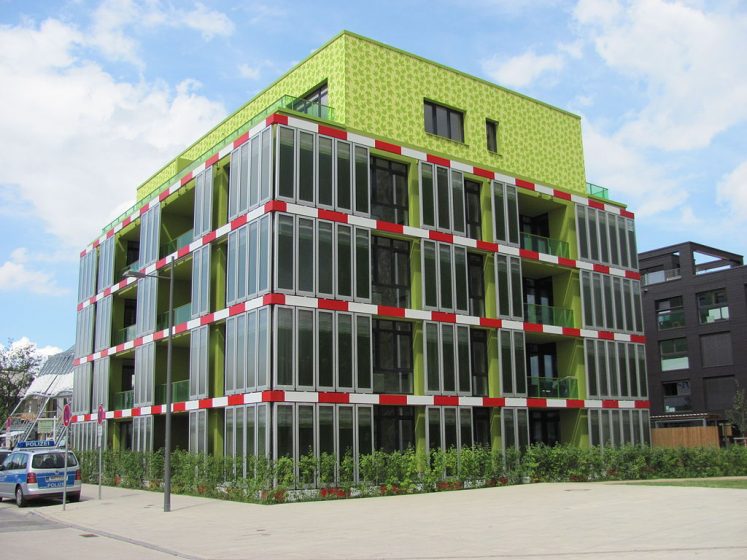
Credit: NordNordWest
If we can rapidly switch to carbon-negative materials, then the new buildings and redevelopment that occur in the next decades can make the critical switch from contributing carbon to the atmosphere (part of the problem) to removing carbon from the atmosphere (part of the solution). We harness carbon drawdown to what is already a relentless economic engine and it takes it from there! In doing so, we also reinvent urban nature, in the sense that daily life of the urban human becomes, in many ways, re-embedded directly within its local ecosystem, even if that doesn’t look like it did in previous millennia (see my previous essay on what that might look like: https://www.thenatureofcities.com/2019/09/16/smart-vs-green-technology-paradigms-battle-it-out-for-the-future-city/ ).
Some principles for the city-as-forest paradigm:
Ecology and economy both have the same Greek etymology (oikos, meaning “home”). Where we have “waste”, this implies not just an ecological gap/opportunity but an economic one. Although “it’s been said, many times in many ways”, urban waste must become a resource that helps to sustain the city itself, and the least expensive pathways to that transition are often based in nature. The urban ecosystem will not look like a “natural” one, because we have created a completely different kind of environment in cities. But it can be much more of a functional ecosystem than it is now if we change our perception to see the opportunities that exist in the problems that plague cities today.
The city must become more self-sufficient and less dependent on distant resources and imports. This means that all of the space and materiality of the city itself must become “complexified”, that is, multifunctional, dynamic, adaptive, and organic. Surrounding and distant lands and ecosystems must serve more as backup resilience.
Multifunctional and organic systems must be allowed to change, grow, and adapt. This means a certain level of uncertainty over time, calling for flexibility and redundancy in production and supply systems. Our economy currently operates on an expectation of reliable supply and perfect product consistency. This is the biggest challenge to “scaling up” that we encounter in Nature-based Solutions. I confess I don’t have a good answer for this one, except to say that when we are all more ecologically-empowered citizens of urban ecosystems, we gain the ability and agency to adapt to dynamism in those ecosystems because we are no longer distanced from them.
Sarah Hinners
Salt Lake City

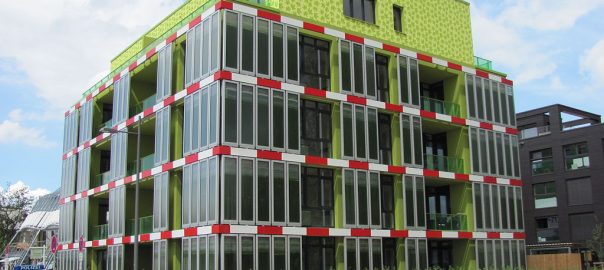






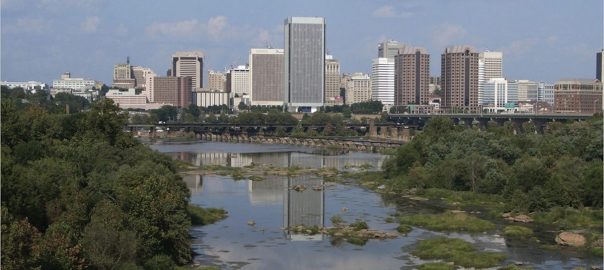
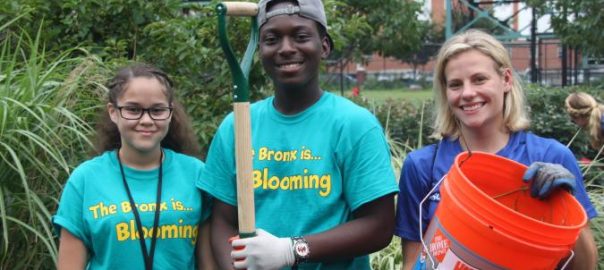
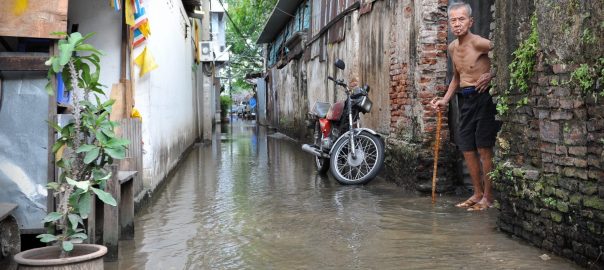
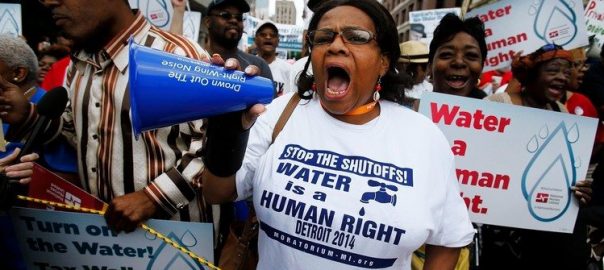
Add a Comment
Join our conversation